Home > Climate News >
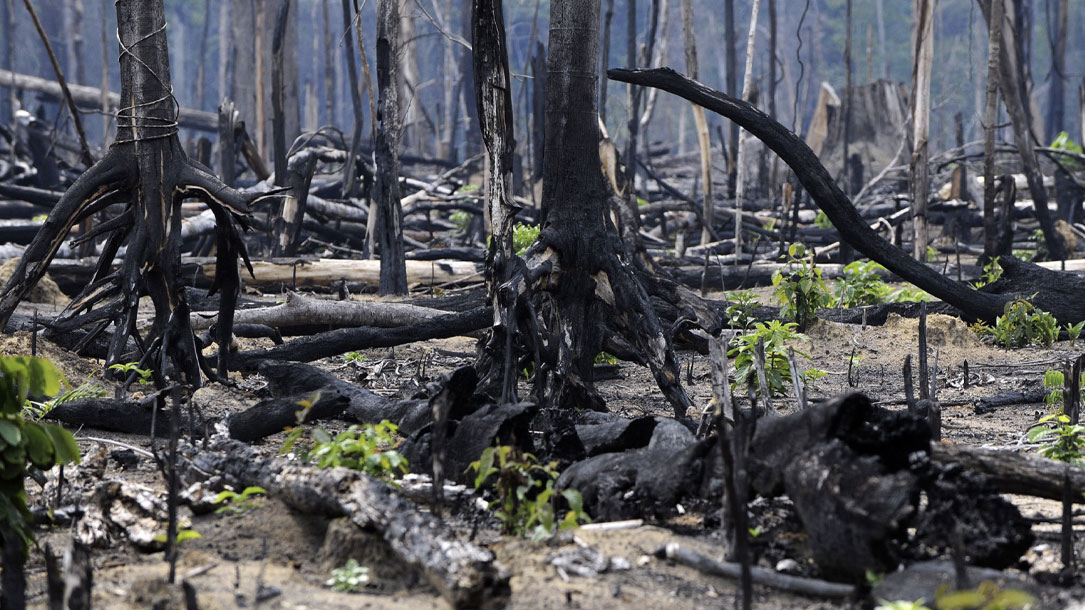
Natural debate: do forests grow better with our help or without?
The study is the most detailed attempt yet to map where forests could grow back naturally, and to assess the potential of those forests to accumulate carbon. “We looked at almost 11,000 measurements of carbon uptake from regrowing forests, measured in around 250 studies around the world,” Cook-Patton told Yale Environment 360…

Let’s talk climate
You know that the science on climate change is clear. But less than half of us talk about it with family and friends—and we can’t fix what we don’t talk about.
Check out our how-to guide for simple tips to get the conversation started. You’ll learn:
- What’s more important than being an expert on the facts
- How to connect to the person across from you
- The kinds of questions to ask if you get stuck…

Climate primer: how to talk about climate change
Climate change-related threats—from record wildfires to worsening heatwaves, floods, and storms—are affecting more and more people around the world. So why aren’t we acting on the increasingly evident changes around us?
One reason is too many people still see climate change as a faraway threat—one their children or grandchildren, people in distant countries or polar bears will face—but not one that will hit them personally, or that needs attention now…

Pollinators on the decline in Indiana and the United States
Indiana and the nation as a whole are still seeing some loss in honeybees. The problem is so prevalent President Barack Obama issued a memorandum directing government agencies to take additional steps to protect and restore domestic populations of pollinators, including honey bees, butterflies, native bees, birds and bats…

The Center for Pollinators in Energy
Bees, monarchs, and other critical pollinators are disappearing, and scientists agree that loss of habitat is a primary concern. Because the United States solar industry first took off in the desert Southwest, a standard practice for the land on solar sites is gravel and/or monocrop lawn grass.
That changed in 2016 when Fresh Energy, Audubon Minnesota, and the Minnesota Corn Growers worked with agricultural and business leaders to establish the nation’s first statewide standard for vegetation on solar sites…
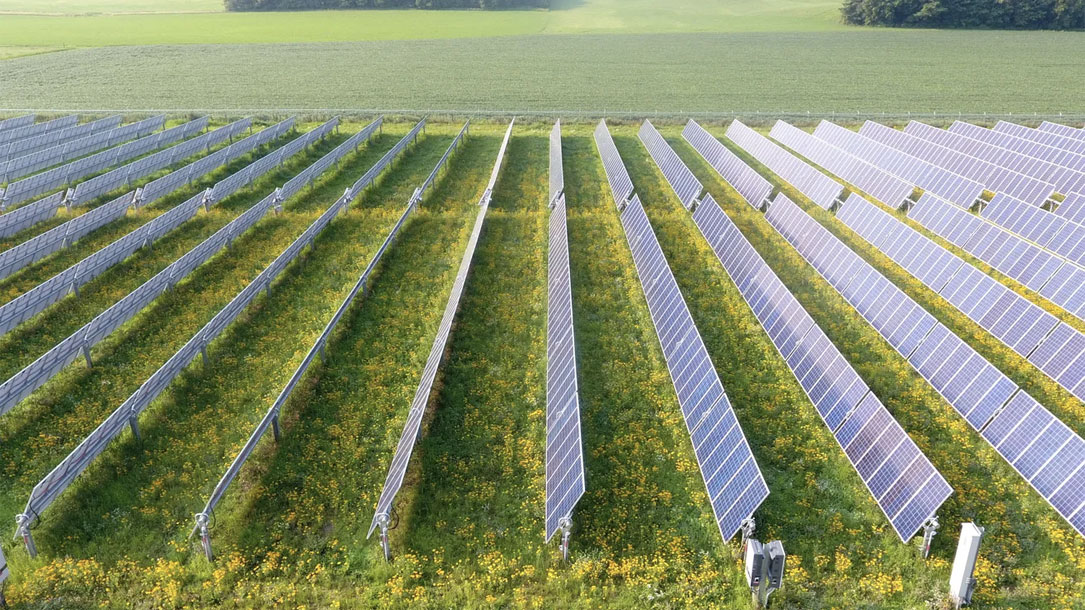
‘A magical solution’: solar developers planting flowers that could help save butterflies and bees
For more than a century, Logansport’s electricity was generated using gritty black coal. Now, its latest generating facility will feature 80 acres of solar panels, and something far more attractive—flowers.
Solar projects with habitats such as these, called pollinator-friendly solar projects, have been launched in 20 states, according to the Center for Pollinators in Energy. At least three new pollinator-friendly solar projects have been announced in Indiana this year.
Habitat loss and exposure to chemicals such as pesticides have killed off large portions of bee, butterfly, fly, and beetle populations. Numbers of honeybees, one of the most widely tracked pollinator species because of their contributions to the food supply, are falling by as much as 30 percent each winter in the U.S. and in Indiana…

New revenue option for ag producers to yield attractive returns
Oregon ranchers Dan and Suzy Probert grow cattle and healthy soil. And with the help of Farm Bill programs, they’re protecting the Lightning Creek Ranch from development as well as finding new revenue options like carbon trading markets…
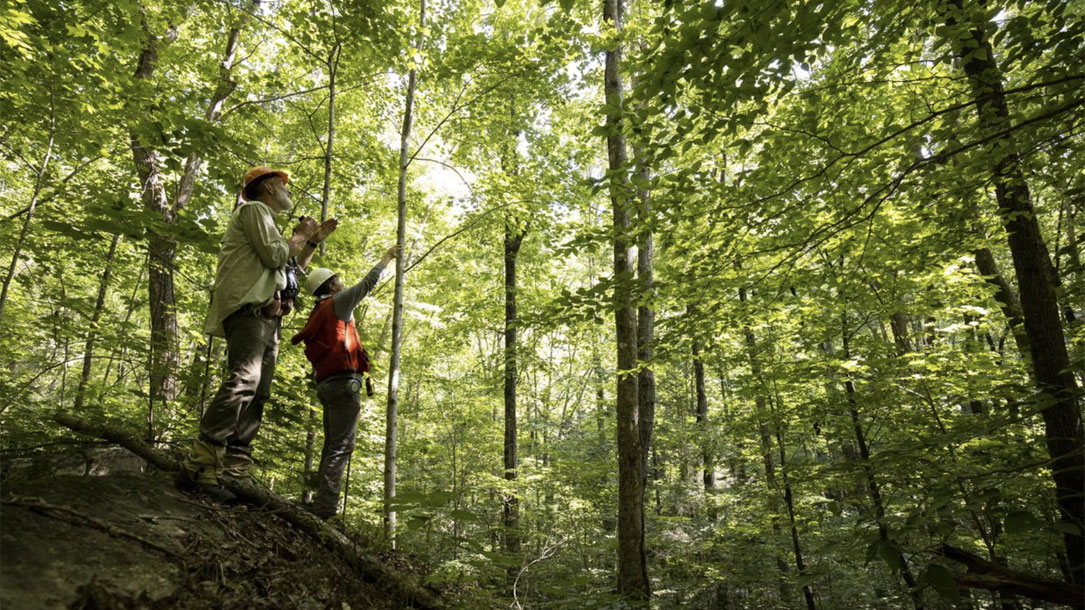
Preserving trees becomes big business, driven by emissions rules
Finite Carbon is North America’s leading developer and supplier of forest carbon offsets.
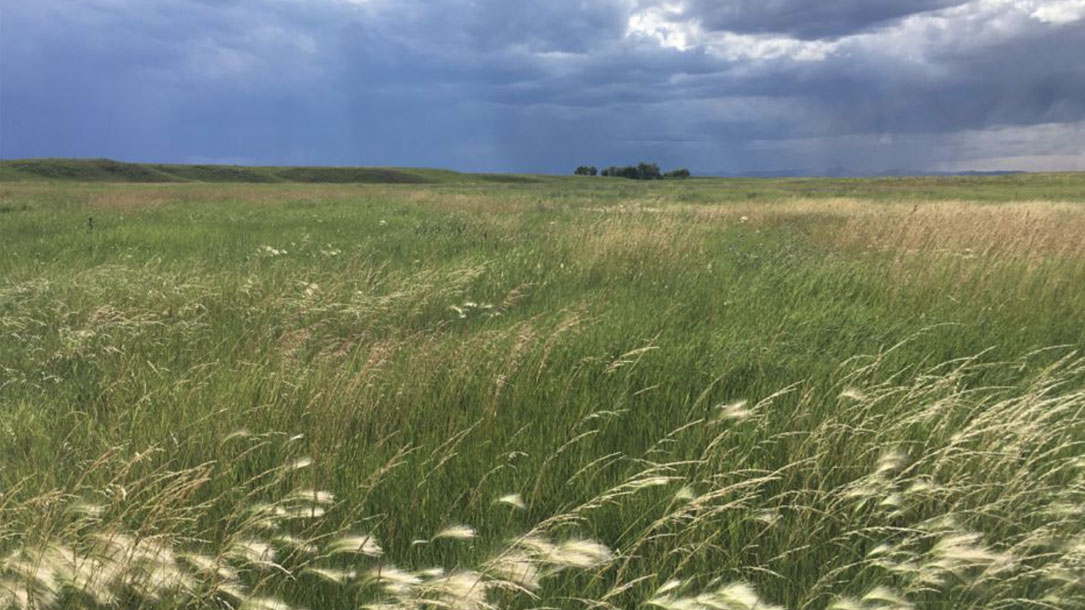
Carbon markets program puts more nonprofits on path to increase land conservation
The Land Trust Alliance is partnering with carbon offset project developers Finite Carbon and The Climate Trust. Finite Carbon is working with the Alliance to help land trusts that own forest lands participate in the voluntary carbon market. The Climate Trust will provide cash to help land trusts purchase no-till grassland conservation agreements from farmers and ranchers. This will make the lands eligible for the carbon market.
Not only does this mean additional land preservation, but it will help combat the effects of climate change…
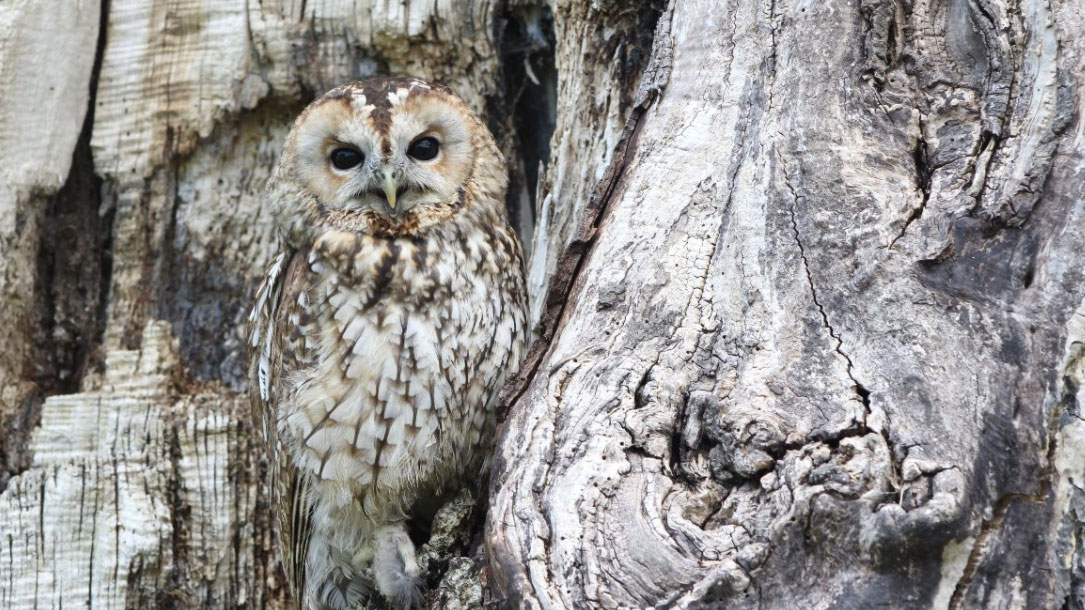
Pyrodiversity promotes avian diversity over the decade following forest fire
In this 2016 paper, UCLA ornithologist Morgan Tingley concluded that “pyrodiversity increases biodiversity.” Between 2009 and 2014 he led bird surveys across 465,000 acres of burned conifer forest in California’s Sierra Nevada and Southern Cascade mountains. The data showed that in the decade following wildfire, areas that experienced different burn severities developed into unique habitats, each with its own bird community.












